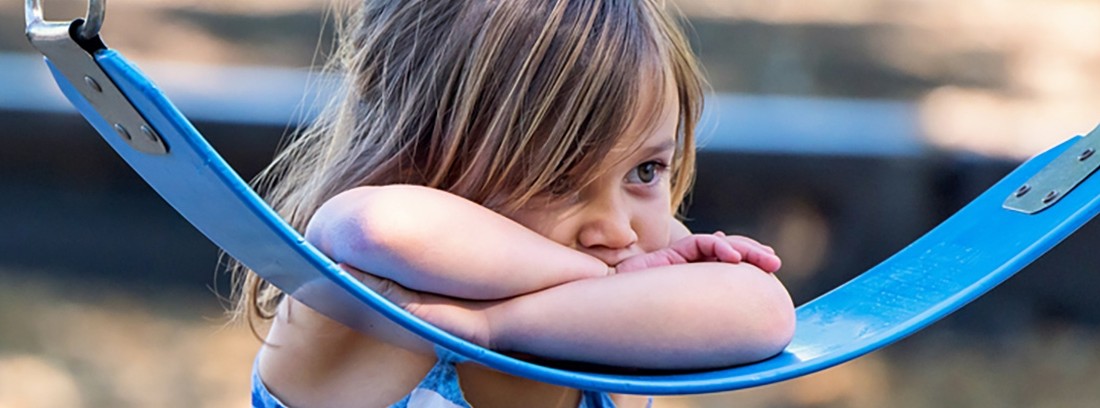Depression in children

Depression is a mood disorder that affects a child's body, mood, and thoughts. It can affect and alter eating, sleeping and thinking patterns. It is not the same as feeling sad or down, nor is it an indication of personal weakness, nor is it a state that can dissipate or change at will.
Cause
There are several theories as to why a child may have depression:
- Behavioral theory: it would be justified by the absence of positive reinforcement, deficiency of social skills and negative events that have occurred in the child's life.
- Cognitive theory: depressive models within the family nucleus and that the child imitates.
- Psychodynamic theory: it would be a psychoanalyst theory in relation to the loss of self-esteem.
- biological theory: depression is produced by an imbalance of brain neurotransmitters; for example a decrease in serotonin. This aspect would be given by inheritance.
At present there is a tendency to combine the different aspects of these theories, giving the same importance to the biological and social factors of the child. It is necessary a certain personal vulnerability and environmental and family circumstances that combined give rise to the appearance of abnormal behaviors. The family is the closest environment to the child. From birth to three years, all the basic elements that will sustain her life are developed in her: language, affections, habits and motivations.
Attachment relationships with the mother are essential for the good emotional development of the child. Insecure attachments are often the cause of behavior disorders or depression in childhood. It should not be forgotten that a good relationship with both parents is essential for the child's happiness and emotional well-being. The role of parents in creating strong self-esteem and empowering the child's inner resources can be a good prevention in childhood depression. It has also been seen that maternal depression can be a risk factor for the child to develop it as well.
Symptoms
The most characteristic symptoms of childhood depression are: sadness, irritability, anhedonia (inability to enjoy), easy crying, low self-esteem, feeling unloved, lack of sense of humor, social isolation, changes in habits (sleep and appetite), hyperactivity and suicidal ideation.
Diagnosis
For the diagnosis of childhood depression, tests, standardized interviews, scales, questionnaires and pictorial tests are used. The emotional state of the child can also be explored by observing his behavior and through play.
Treatment
Treatment must be individualized, adapting to each case and phase of the child's development. Two phases of treatment can be differentiated:
- Treatment of the acute phase.
- Maintenance treatment.
The types of treatments that are usually used are psychotherapy and medicines. They are usually used in combination. Drug treatment is based on the use of antidepressants and anxiolytics that should always be indicated by the child psychiatrist.
Most used psychological therapies
- Cognitive-behavioral: it is based on the fact that the child with depression has a distorted image of himself, the world around him and the future. Psychotherapy is used to change these false beliefs.
- Behavioral: techniques are given to the child to deal with different situations: psychodynamic, family, group therapy, etc.
(Updated at Apr 14 / 2024)